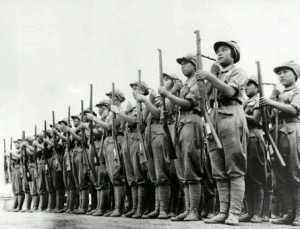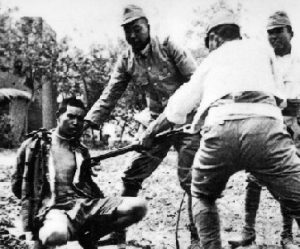«On July 7st, 1937, the Second Sino-Japanese War was fought. This was a fight of territorial powers between the Republic of China and the Empire of Japan and ended on September 9th, 1945»

The Second Sino-Japanese War was the result of an armed conflict that took place between 1894 and 1895, due to the Japanese imperialist policy that lasted for decades with the intention of expanding its political and military influence, in order to guarantee access. to the reserves of raw materials and other economic resources in the area. This ideology had the support of the Imperial Regime of Hideki Tōjō’s cabinet and with the order of Emperor Shōwa.
After several years in peace, on July 7st, 1937, the Second Sino-Japanese War was fought. This was a fight of territorial powers between the Republic of China and the Empire of Japan and ended on September 9th, 1945. The armed conflict began when the Japanese Empire began the invasion of northern and eastern China. The Japanese who already had Manchuria (a historical region in southwest China) in their possession after their victory in the first war against this country.
China faced this contest with the economic support of the Soviet Union (USSR) and the United States (USA) while Japan had on its side the economic support of Nazi Germany. After the Japanese attack on the US military base Pearl Harbor in 1941, the Sino-Japanese War merged in this conflict and became a major front in what is known as the Pacific War.

The Second Sino-Japanese War was the most devastating on the Asian continent during the 20th century, causing more than 90% of the victims of the Pacific War. The human losses were incalculable, however, there are records indicating the death of some twenty million people, unfortunately, most of them were innocent civilians. The invasion ended with the surrender of Japan on September 9th, 1945.